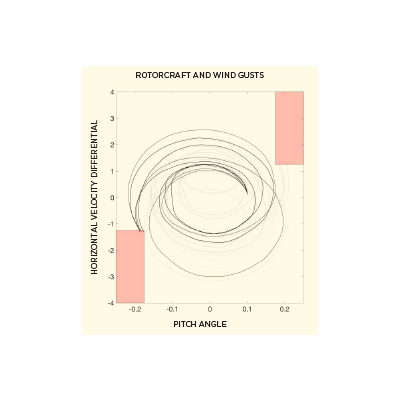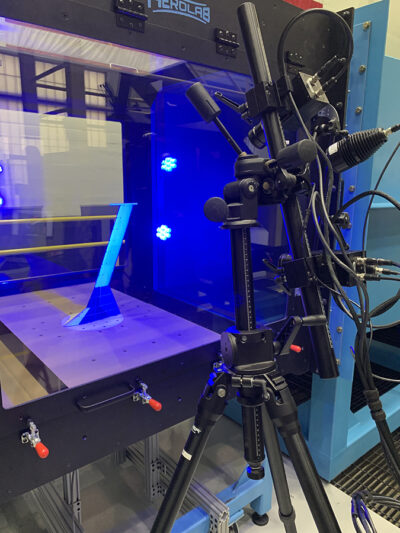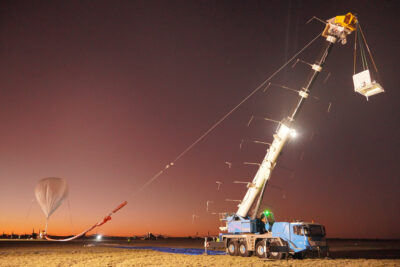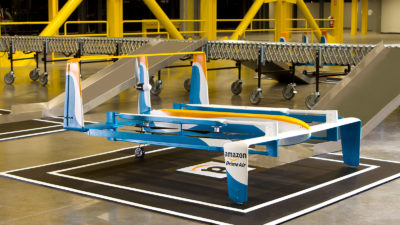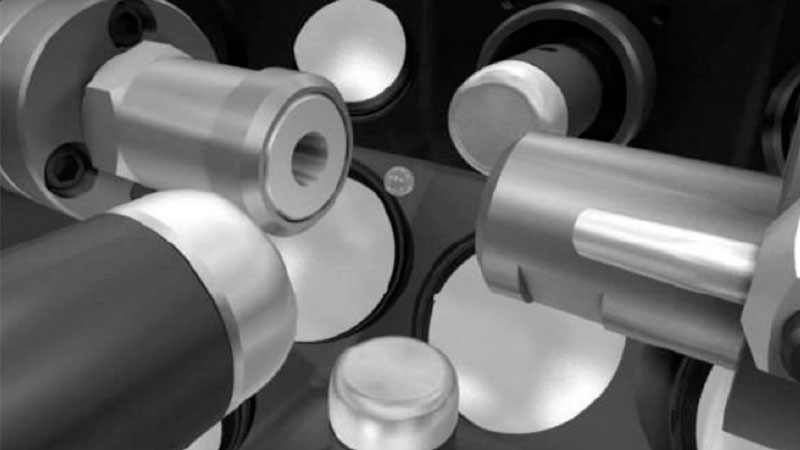Accelerating accurate engineering answers with simulations
By Tim Eymann, David Gonzalez and Albert Medina|December 2018
The Fluid Dynamics Technical Committee focuses on the behaviors of liquids and gases in motion, and how those behaviors can be harnessed in aerospace systems.
This year, fluid dynamics researchers continued maturing high-fidelity large-eddy simulations, or LES, to investigate flow physics. While LES methods have evolved over the past two decades, the accuracy of each simulation remains highly dependent on computational grids, which require significant expertise to create. In June, researchers at the University of Maryland explained how their algorithm-driven method to grid adaptation uses solutions on coarse meshes to drive mesh adaptation. Their method refines the mesh to capture relevant physics and leads to grids with fewer cells for a given accuracy compared with user-generated meshes. Because the number of cells is directly related to the computational expense, the research is showing it’s possible to reduce the time to achieve engineering answers with LES, without sacrificing accuracy.
High-fidelity LES simulations performed this year by researchers at Ohio State University with funding from the U.S. Air Force furthered the understanding of emerging propulsion system designs. To gain insight into large-scale flow features that dominate the performance of high-speed engines, researchers at Ohio State focused on three simplified configurations. In March, a group of researchers used LES to explore the unsteadiness associated with shock wave/turbulent boundary layer interactions in a double fin configuration representative of a scramjet internal flow path. In May, another group of researchers at the university examined the flow field downstream of a finite-thickness splitter plate separating two dissimilar streams and used high-fidelity simulations to track periodic, large-scale vortical structures shedding from the geometry. In an actual combustor, this type of shedding degrades the vehicle performance by generating acoustic noise and exciting the structure. The researchers are seeking to understand and mitigate these negative effects. In June, a third group of Ohio State researchers examined a third configuration with LES — the flow around a backward-facing step in a supersonic combustor. Like the splitter plate, a shear layer develops off the step, but here, the resulting flow structures have the positive effect of enhancing the high-speed, turbulent combustion. Their results to date indicate a strong coupling between the reflected shock wave strength and shear-layer reattachment location, a major driver of the physics of the combustor flow field.
Experiments and computational simulations, such as the LES investigations, often generate terabytes of data, making it difficult to extract key physical mechanisms from the studies. Modal analysis is a mathematical technique that facilitates identification of characteristic energy and dynamic modes of a fluid flow. The Modal Analysis of Aerodynamic Flows Discussion Group led by researchers from Florida State University, the University of Minnesota and the Air Force Office of Scientific Research has spent the past few years reviewing various data-based and operator-based modal decomposition techniques, culminating in a series of activities in late 2017 and the first half of 2018, including participation in conferences and publication of an overview paper.
An international team of researchers from the Illinois Institute of Technology, U.S. Air Force Academy, Lockheed Martin, BAE Systems, the University of Manchester and the University of Arizona spent this year investigating the effectiveness of flow control for maneuvering an unmanned combat aerial vehicle. The jet-powered test vehicle eliminates the need for traditional, deflecting control surfaces by using a flow control system that forces redirected air from the engine through slots in the wings. The four-year project included extensive wind tunnel testing of actuation concepts, computational fluid dynamics simulations of the full aircraft with actuation, and 1:7 scale flight tests of the vehicle in October.
Contributors: Michael Adler, Cory Stack, Johan Larsson, Logan Riley, Jürgen Seidel and Kunihiko Taira
Graphic: Large-eddy simulations of compressible shear layers provide insight to aid understanding of physical phenomena such as noise generation and fuel mixing. Flow is from left to right, with turbulent structures colored by streamwise velocity. Credit: Ohio State University



